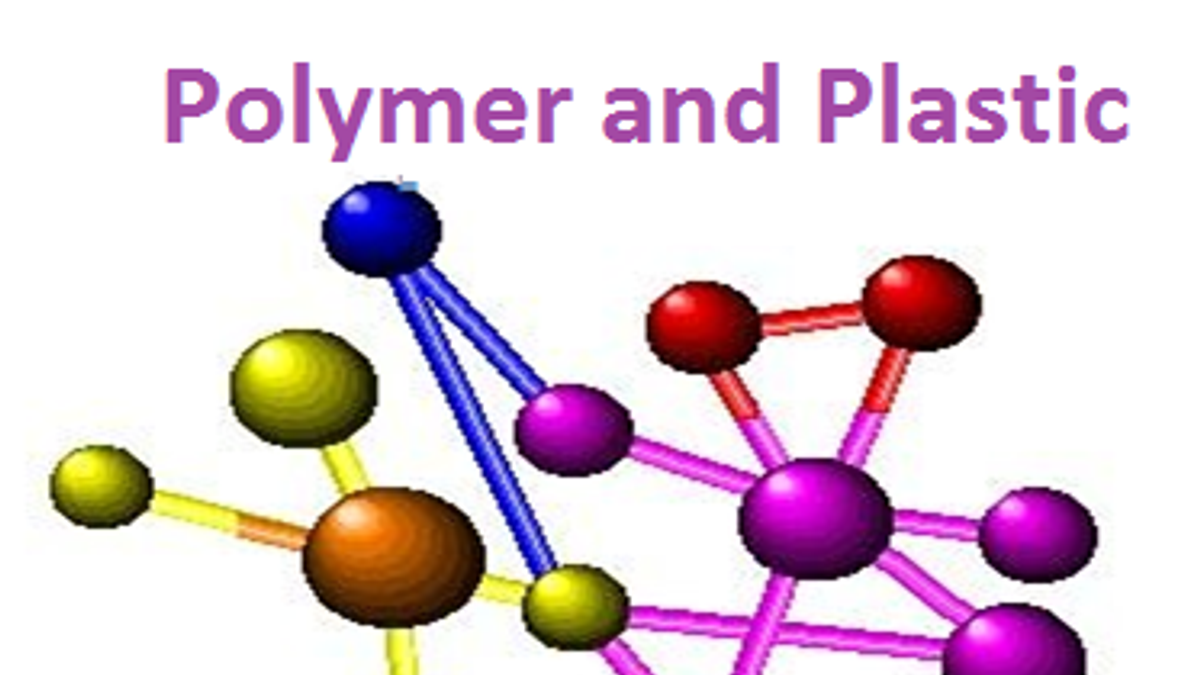Understanding the Key Difference Between Polymer and Plastic: A Detailed Comparison

In the world of materials science and modern manufacturing, two terms often come up interchangeably—polymer and plastic. While related, they are not the same and serve different purposes in engineering, production, and application. This article explores the difference between polymer and plastic in-depth, offering insights into their composition, usage, and impact on various industries. To understand their distinctions more clearly, check out this difference between polymer and plastic article for a comprehensive reference.
What Are Polymers?
Polymers are large molecules composed of repeating subunits known as monomers. These monomers are chemically bonded together to form a long chain. Polymers can be natural—such as cellulose, DNA, and proteins—or synthetic, like nylon and polyethylene.
Types of Polymers
-
Natural Polymers: These include materials found in nature. Examples include:
-
Cellulose (plant cell walls)
-
Silk (produced by silkworms)
-
Natural rubber (from latex)
-
-
Synthetic Polymers: Man-made and widely used in industrial applications:
-
Polyethylene (used in bags and containers)
-
Polystyrene (used in packaging)
-
Polyvinyl Chloride or PVC (used in plumbing)
-
Polymers may also be classified based on their reaction to heat (thermoplastics vs thermosets) or their source and function.
What Is Plastic?
Plastic is a type of synthetic polymer that is specifically engineered to be molded or shaped under heat and pressure. While all plastics are polymers, not all polymers are plastics. Plastics are mainly designed for strength, flexibility, and durability, making them ideal for countless applications.
Key Characteristics of Plastics:
-
Lightweight
-
Chemically resistant
-
Easy to mold
-
Cost-effective
-
Long-lasting
Plastics come in a variety of forms such as thermoplastics (can be remelted) and thermosetting plastics (harden permanently after setting).
Polymer vs. Plastic: The Core Differences
Understanding the difference between polymer and plastic requires breaking down their characteristics and applications:
| Feature | Polymer | Plastic |
|---|---|---|
| Composition | Large molecules (natural or synthetic) | Synthetic subset of polymers |
| Origin | Can be natural or synthetic | Always synthetic |
| Processing | Varies (not always moldable) | Specifically designed for molding |
| Application Range | Very broad (biological, industrial) | Mostly industrial and commercial |
| Environmental Impact | Depends on type | Often associated with pollution |
| Flexibility in Design | High (biological to industrial use) | High (used in packaging, tools, etc.) |
Industrial Applications of Polymers and Plastics
Polymers in Industry
Polymers are fundamental in a wide array of industries beyond just manufacturing. In biotechnology, they serve as drug delivery agents and artificial organs. In construction, polymers like epoxy are used as adhesives and sealants.
Plastics in Industry
Plastics are more narrowly applied, although their versatility is unparalleled. Industries where plastics dominate include:
-
Packaging: Flexible films and rigid containers
-
Automotive: Dashboards, bumpers, interiors
-
Electronics: Casings, insulation
-
Medical: Syringes, tubing, disposable instruments
Plastics are preferred when cost and volume production are top priorities.
Environmental Considerations
One of the major issues concerning both polymers and plastics is their environmental impact. While natural polymers biodegrade, most plastics—being synthetic—pose challenges to waste management and pollution.
Eco-Friendly Alternatives
Due to increased environmental awareness, industries are focusing on:
-
Biodegradable plastics
-
Recyclable polymers
-
Green manufacturing processes
Efforts to reduce plastic usage are accelerating, leading to innovation in biodegradable polymer science and sustainable alternatives.
Technological Advancements in Polymer Science
With the growth of nanotechnology and sustainable engineering, the field of polymer science is expanding. Smart polymers that react to temperature or pH are now being used in drug delivery and soft robotics. In contrast, plastics are evolving with stronger, lighter, and more recyclable formulations.
Choosing Between Polymers and Plastics in Manufacturing
When selecting a material for a product, engineers evaluate several factors:
-
Functionality
-
Durability
-
Cost
-
Environmental footprint
Polymers offer a broader spectrum of properties, while plastics excel in mass production and economic efficiency. Thus, the application ultimately dictates the choice.
Conclusion
Understanding the difference between polymer and plastic is vital for industries aiming for innovation, efficiency, and sustainability. While plastics are a subset of polymers with a specific role in manufacturing, polymers span a much wider range, including essential biological and structural roles in both natural and synthetic systems. As the world shifts toward more sustainable materials, distinguishing between these two becomes more important than ever for engineers, manufacturers, and environmentalists alike.
- Questions and Answers
- Opinion
- Motivational and Inspiring Story
- Technology
- Live and Let live
- Focus
- Geopolitics
- Military-Arms/Equipment
- Безопасность
- Economy
- Beasts of Nations
- Machine Tools-The “Mother Industry”
- Art
- Causes
- Crafts
- Dance
- Drinks
- Film/Movie
- Fitness
- Food
- Игры
- Gardening
- Health
- Главная
- Literature
- Music
- Networking
- Другое
- Party
- Religion
- Shopping
- Sports
- Theater
- Health and Wellness
- News
- Culture

